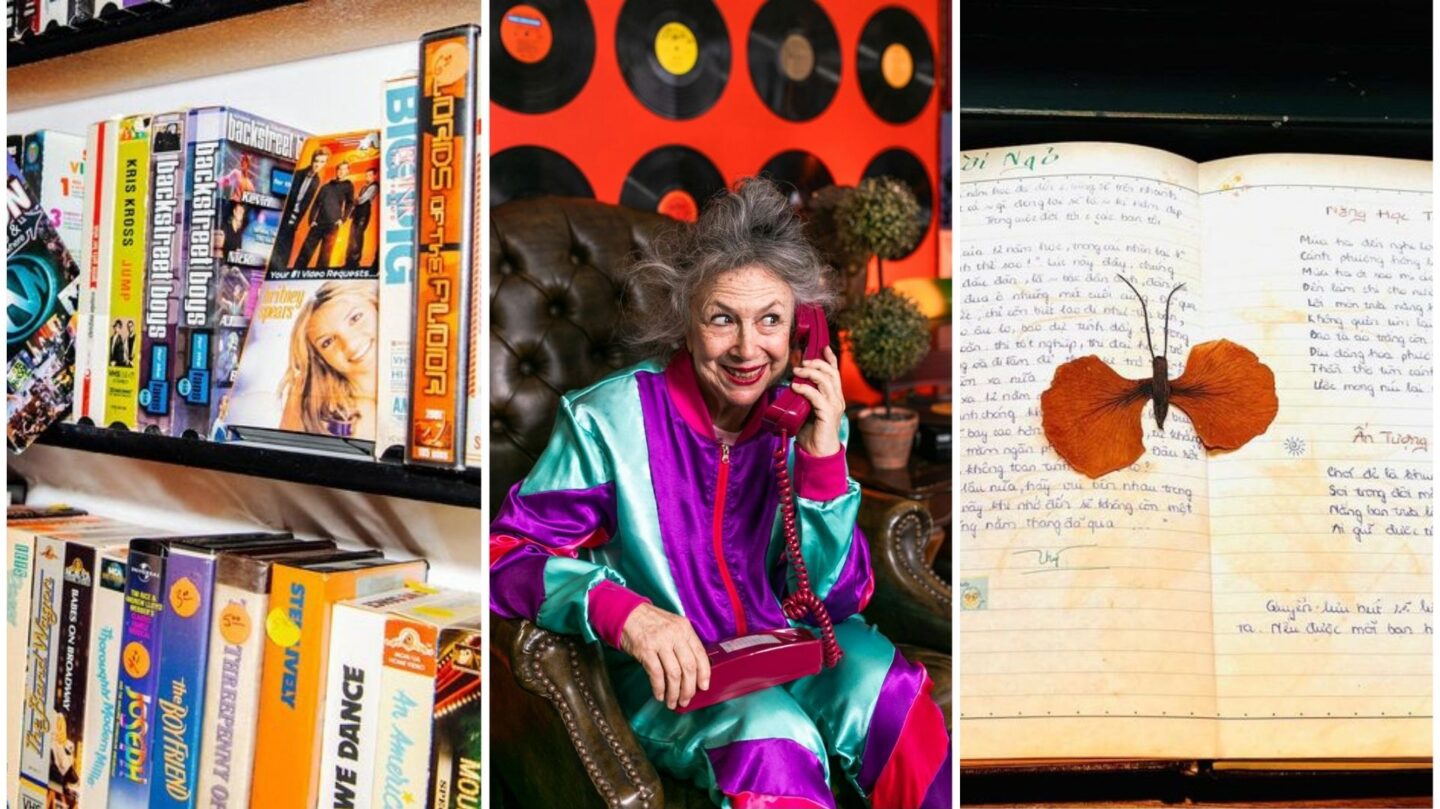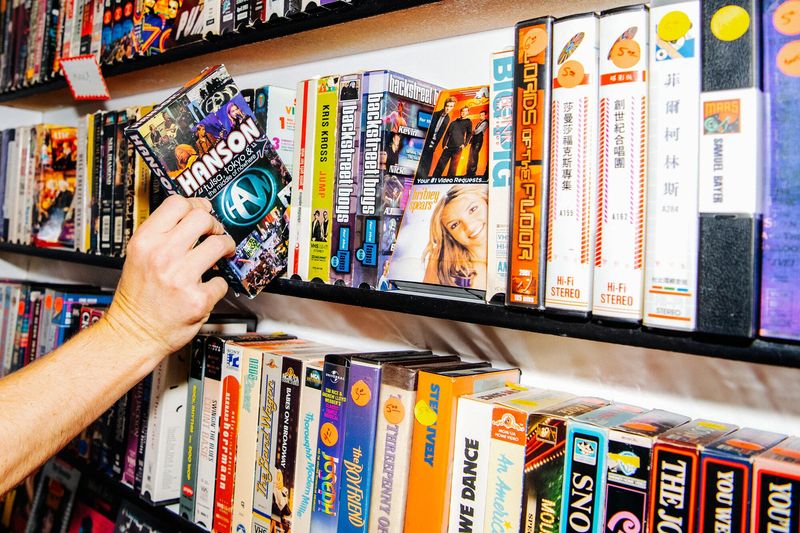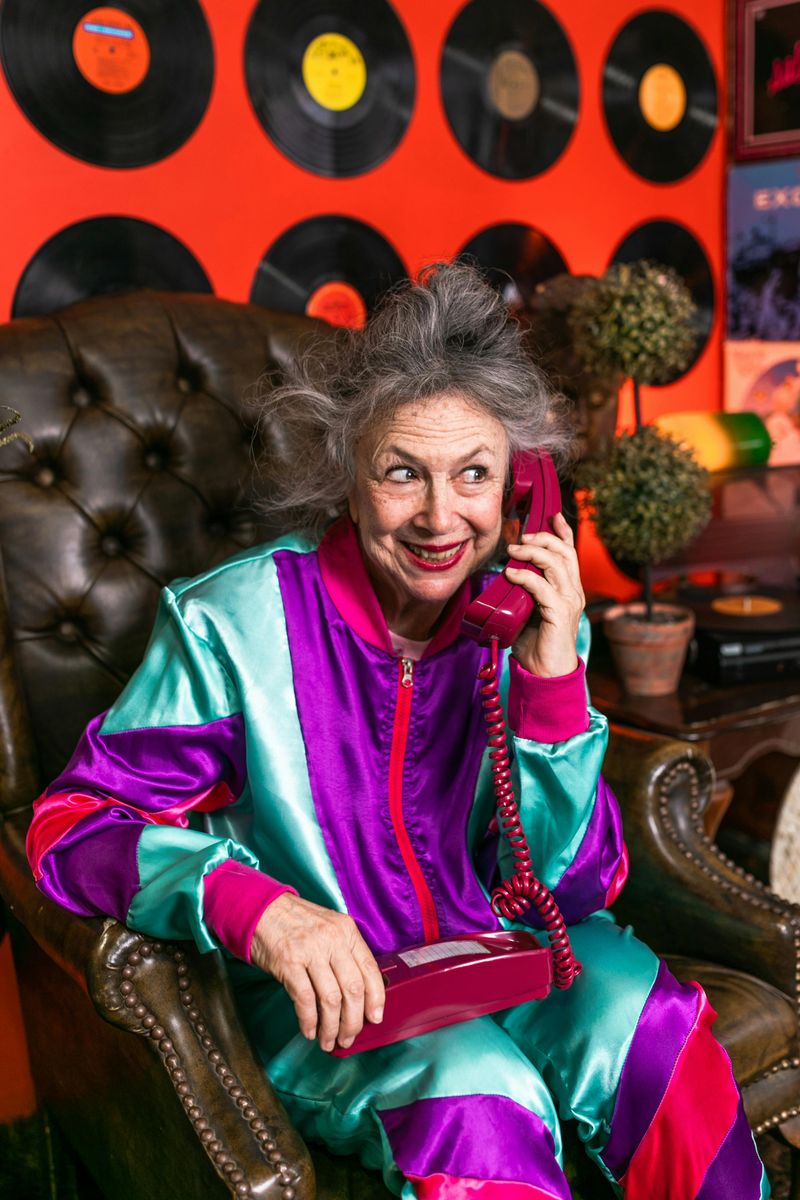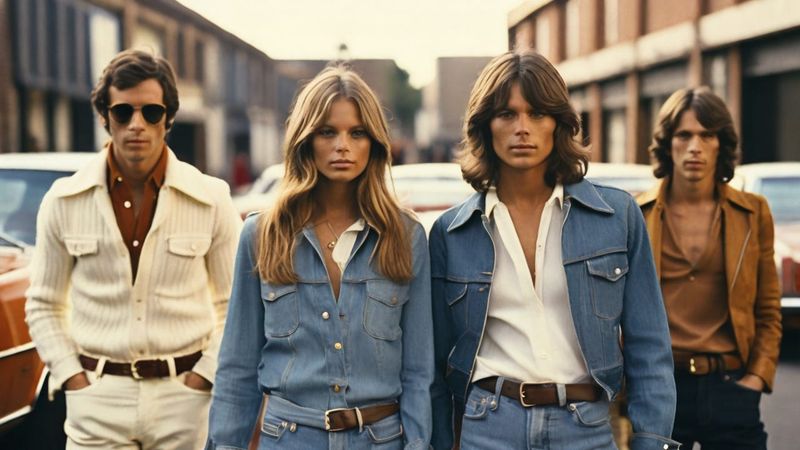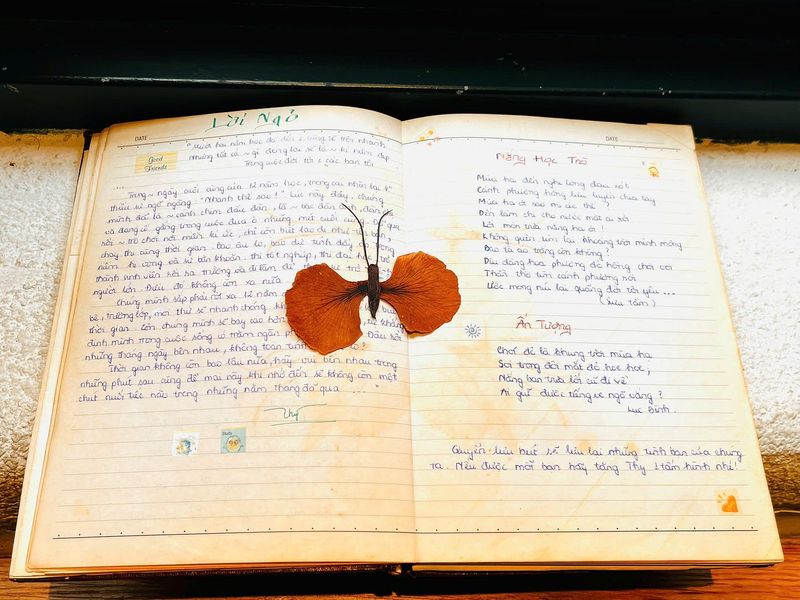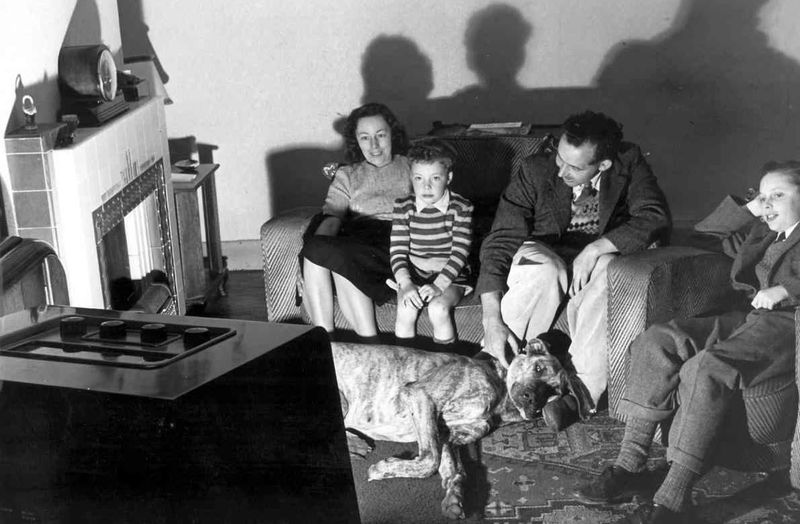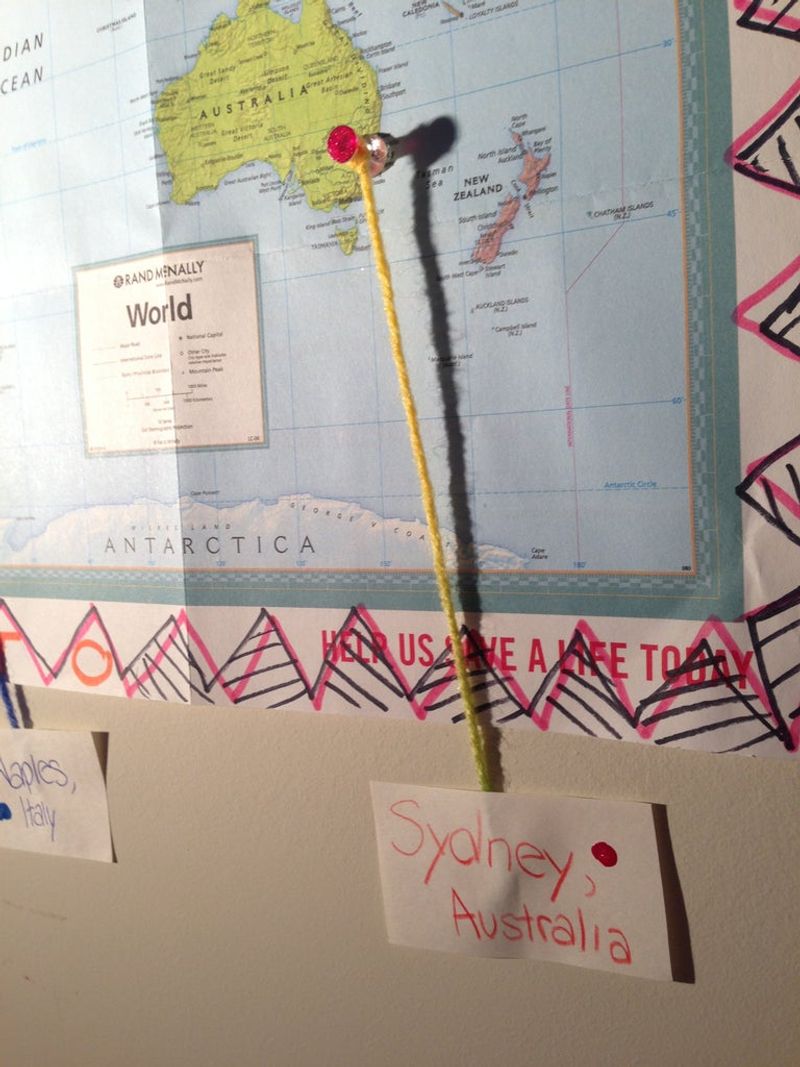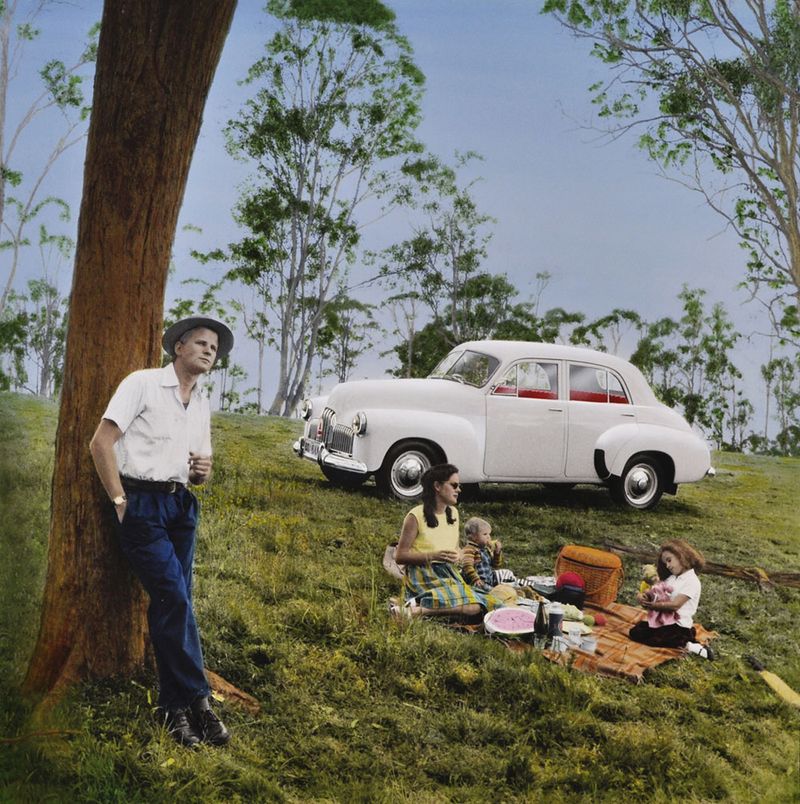The 1980s were a time of vibrant fashion, iconic music, and overall simpler living. Free from the digital overload of today, life in the 80s had its unique charm and pace. Let’s explore 13 ways life was simpler back then.
No Smartphones
In the 1980s, smartphones were nonexistent, offering people a genuine chance to disconnect and engage face-to-face. Social gatherings were free from the distraction of constant notifications. People relied on landlines and physical maps, which encouraged more planning and spontaneity.
This absence of technology made family time more personal and meetings more meaningful. Conversations happened without digital interruptions, fostering deeper connections. Life was about living in the moment and cherishing interactions.
The simplicity of not being tied to a device allowed for a more present and attentive approach to everyday life.
Physical Media
Before streaming services, the 80s had physical media like VHS, cassettes, and vinyl. Owning a collection was a source of pride and joy. Watching a movie meant visiting a rental store, which made the experience more intentional.
Music lovers created mixtapes with care, often sharing them with friends. This tangible engagement with media added a layer of excitement and anticipation.
Choosing what to watch or listen to required thought and commitment, leading to memorable experiences. The lack of endless choices made entertainment special, fostering a deeper appreciation for content.
Simpler Communication
The 80s communication was limited to landlines and handwritten letters, making interactions more direct and meaningful. People had to remember phone numbers and enjoy real conversations.
Letter writing was an art form, allowing for personal expression and anticipation as you waited for a reply. Without instant messaging, patience was a virtue, and conversations carried more weight.
This slower pace of communication encouraged thoughtful interactions. It allowed people to be present in conversations and cherish moments of connection. It was a time when words had lasting impact, and every call or letter was special.
Analog Entertainment
Entertainment in the 80s often meant board games, playing outside, or watching TV as a family. Without the internet, people found joy in simple activities that promoted bonding.
Board games encouraged strategic thinking and friendly competition. Watching TV was a shared experience, with scheduled shows creating anticipation.
This analog lifestyle allowed for quality time with loved ones, away from screens. Playing outside fostered imagination and creativity. The lack of digital distractions made entertainment a shared, enriching experience, building stronger family and friend connections.
Fashion Simplicity
Fashion in the 80s was bold yet uncomplicated. People expressed themselves through vibrant colors, unique patterns, and iconic styles like shoulder pads and acid-wash jeans.
Trends lasted longer, allowing for personal style development without the pressure of rapid change. This slower fashion cycle meant less waste and more individual expression.
Shopping was an event, often done with friends, adding a social element to fashion. The simplicity of fewer trends made fashion accessible and fun, encouraging creativity and self-expression in a carefree way.
Less Digital Overload
Without constant digital notifications, life in the 80s had fewer distractions, promoting focus and productivity. Work environments were free from the ping of emails and instant messages.
Typewriters and paper files were the norm, encouraging organized and deliberate work habits. This slower pace allowed for deeper concentration and creativity.
The absence of digital overload led to more fulfilling work and personal lives. People engaged with their tasks fully, resulting in a satisfying sense of accomplishment. Simplicity in technology promoted a balanced and mindful lifestyle.
Community and Local Living
In the 1980s, communities thrived on local interactions, with neighbors knowing each other and supporting local businesses. Shopping locally meant fresh produce and personalized service.
Community events were common, fostering a sense of belonging and collective responsibility. People participated in neighborhood watch programs and communal activities, strengthening bonds.
This local focus created a supportive and nurturing environment. Relationships were built on face-to-face interactions and mutual support. The simplicity of local living promoted a strong sense of community and connection, making everyday life more interconnected and fulfilling.
Handwritten Memories
The 80s valued handwritten notes, diaries, and postcards, preserving memories in a tangible form. Keeping a diary was a cherished daily ritual, providing insight and reflection.
Polaroid photos captured moments instantly, creating keepsakes to revisit. Sending postcards from travels was a thoughtful way to share experiences.
These handwritten memories fostered a personal connection to experiences. They allowed individuals to document life in a meaningful way, creating lasting mementos. The act of writing was introspective, offering a moment to pause and appreciate life’s simple pleasures.
Less Competitive Parenting
Parenting in the 80s was more relaxed, with less pressure to over-schedule children’s lives. Families enjoyed simple outings and unstructured playtime, allowing kids to explore creatively.
Parents focused on raising well-rounded individuals without the competitive pressures of today’s extracurricular demands.
Children had the freedom to make mistakes and learn at their own pace, fostering independence and resilience. This simpler approach to parenting encouraged family bonding and growth. The emphasis was on enjoying life and nurturing happy, balanced children, free from the oversaturation of organized activities.
Television Experience
Watching TV in the 80s was a shared family experience, with scheduled programming creating anticipation. Families gathered around the TV, making it a social event.
Shows aired weekly, giving viewers time to discuss and predict outcomes together. This created a communal viewing culture, while commercials provided natural breaks for conversation.
Without binge-watching options, TV watching was deliberate and paced, enhancing enjoyment. The simplicity of the TV experience encouraged families to spend time together, making entertainment a collective and memorable part of daily life.
Travel Adventures
Travel in the 80s was about spontaneous road trips and exploration without GPS. Maps were essential, adding excitement and unpredictability to journeys. Friends often embarked on adventures, creating memories along the way.
The lack of travel apps meant discovering hidden gems and local cultures firsthand. Travelers stayed present, experiencing destinations without distractions.
This spontaneous approach to travel fostered a sense of adventure and discovery. The simplicity of navigating by map made trips more engaging and memorable, while also encouraging a deeper connection with fellow travelers and the places visited.
Outdoor Play
Kids in the 80s spent countless hours playing outside, exploring neighborhoods and parks. Without digital devices, outdoor play was a primary source of entertainment and exercise.
Games like tag, hide-and-seek, and biking adventures encouraged social skills and physical activity. Children developed independence and creativity through unstructured play.
This focus on outdoor activities fostered friendships and community bonds. The simplicity of playing outside promoted a healthy lifestyle and a sense of freedom. It allowed children to connect with nature and each other, creating lasting memories and life skills.
Simple Pleasures
Life in the 80s celebrated simple pleasures, from picnics in the park to home-cooked meals. People found joy in everyday moments, prioritizing quality time over material possessions.
Family outings, like picnics or visits to local attractions, were cherished experiences. Cooking and sharing meals fostered connections and traditions.
The focus on simple pleasures encouraged a balanced and fulfilling lifestyle. It allowed people to appreciate the beauty in ordinary experiences and the joy of family and community. This mindset created a harmonious way of living, centered on genuine happiness and satisfaction.
